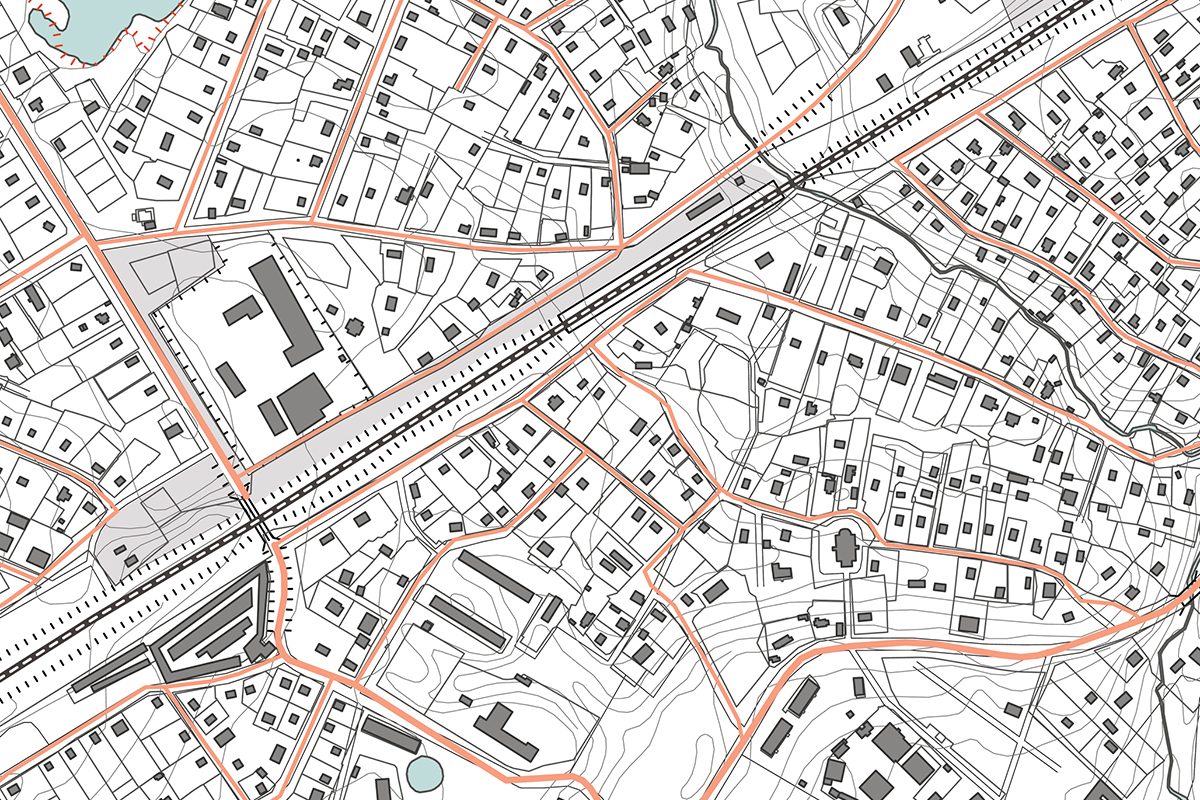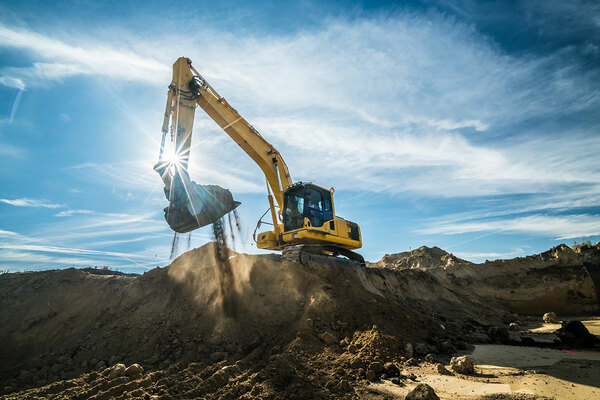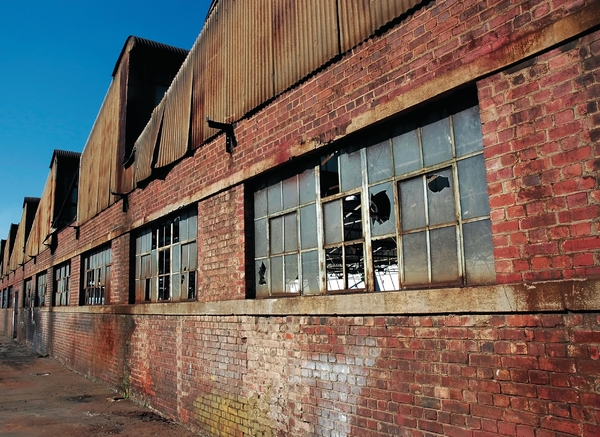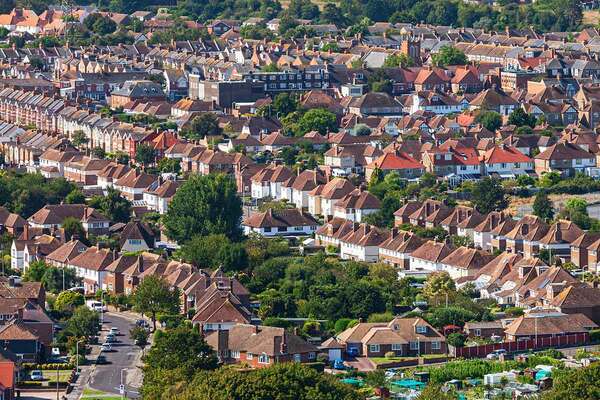You are viewing 1 of your 1 free articles
Brownfield land will run out, we need to release green belt as well
As the Campaign to Protect Rural England (CPRE) publishes research on brownfield, Ruth Davison of the National Housing Federation says that other sites will also need to be used for housing
It is right that we should prioritise building on brownfield sites first, but they alone cannot solve our housing crisis.
There is only enough brownfield land suitable for building homes to meet the country’s housing need in full for four years.
If the CPRE’s calculation that there being enough brownfield land for one million homes is correct – and if we are to build 300,000 homes a year, every year – we will have run out of brownfield land by the start of 2021.
Of course, building at higher densities will also help make the most of brownfield land, but on its own won’t be enough.
We need to be mindful of retaining quality, design and public space when building at high densities.
We must not compromise on quality in order to achieve quantity.
So what other solutions are there? And would people support them?
We know that nimbys are a dying breed.
Today, the housing crisis plays out in every city, town and village in the country and the public is clear in saying that we need to get building.
According to research organisation Natcen, an overwhelming 73% of people across England now say they would support the building of new homes which are affordable for people on average incomes in their local area.
“To build the number of homes we need, we should consider all sites and all options.”
So we think it’s time to have an informed discussion about all the options and their implications.
To build the number of homes we need, we should consider all sites and all options – brownfield and greenfield, large and small, green belt, high density.
Using greenfield land, only designated as ‘green’ because it has never been built on, will help homes be built quicker.
Research shows that, on average, the annual build-out rate of a greenfield site is 50% higher than that of a brownfield site.
Then there’s green belt, which takes its name from a formal planning designation, originally created to contain urban areas, and with aims of giving people access to recreation and nature. Both things are vital to physical health and mental well-being.
The term ‘green belt’ invokes images of rolling countryside and village greens.
But not all green belt land is of equal quality. Many green belt sites are actually derelict factories or areas of shrubland.
Releasing some of this green belt land could provide much-needed homes within existing communities.
“Many green belt sites are actually derelict factories or areas of shrubland.”
The green belt has actually grown in size too, while housing stock has shrunk. Between 1979 and 1997, England’s green belt more than doubled from 721,500 hectares to more than 1.6 million hectares. It remains at more than 1.6 million hectares and represents 13% of England’s total land area.
In rural areas, there is an urgent need to increase the provision of affordable housing so that young families and those on modest incomes are not priced out.
Housing development in rural villages will also contribute to the local economy, keeping villages vibrant. In fact, just half a dozen years ago, the CPRE joined forces with us on a campaign whose tagline was “save our villages – build affordable homes”.
Even based on current average density levels, building 250,000 homes a year would require 0.05% of England’s total land area, we have calculated.
So, delivering this number of homes a year for 20 years would only need 1%.
That said, we recognise the important contribution green spaces make to people’s health and well-being. But the park and heathland where people walk their dogs is often dearer and more important to them than the field over the hill.
Building plans should identify replacement land of better quality which could be designated as green belt, so that the character of rural areas is maintained.
Local authorities should work closely with public bodies and private landowners to sensibly review all available land in their area and ensure it is put to the best strategic use.
It’s time to inject a breath of fresh air into the way we think about land and how it can better be used to increase housebuilding.
Green means ‘go’ in many parts of our life. And it certainly shouldn’t mean ‘stop’.
Ruth Davison, executive director of public impact, National Housing Federation












